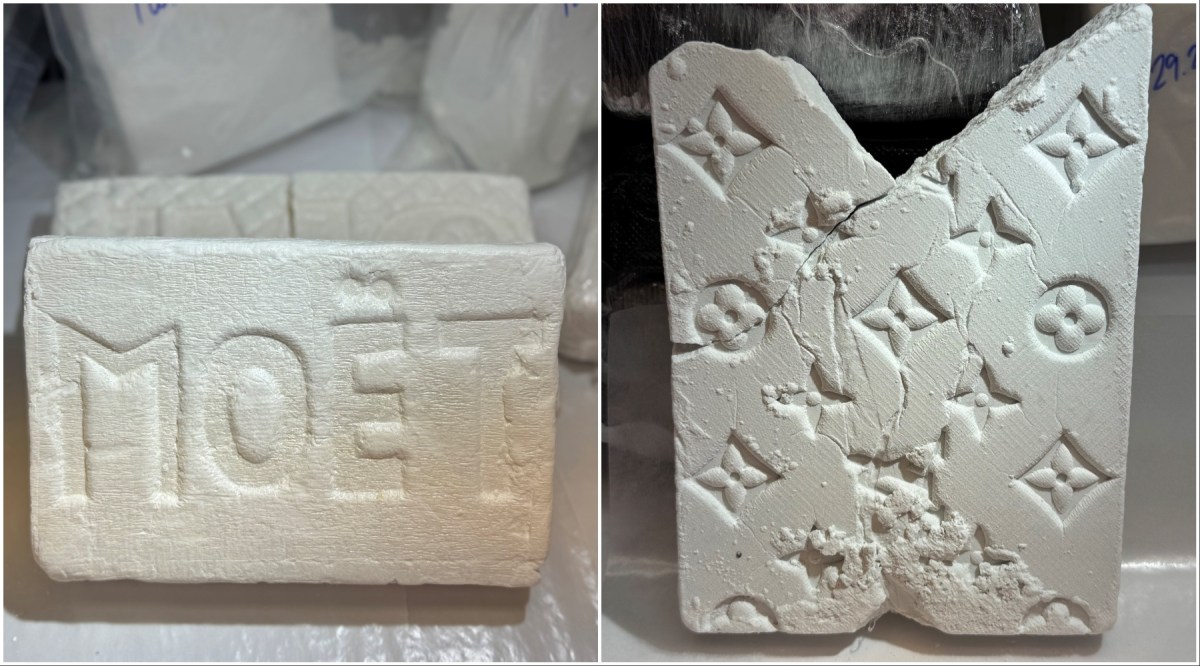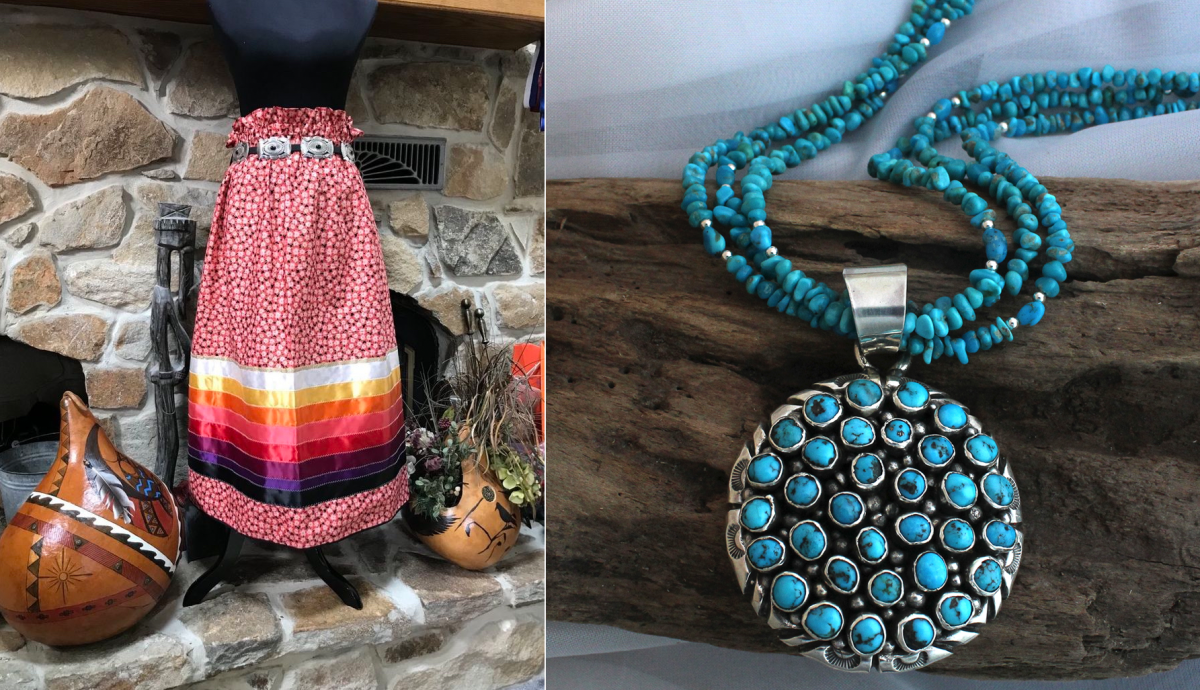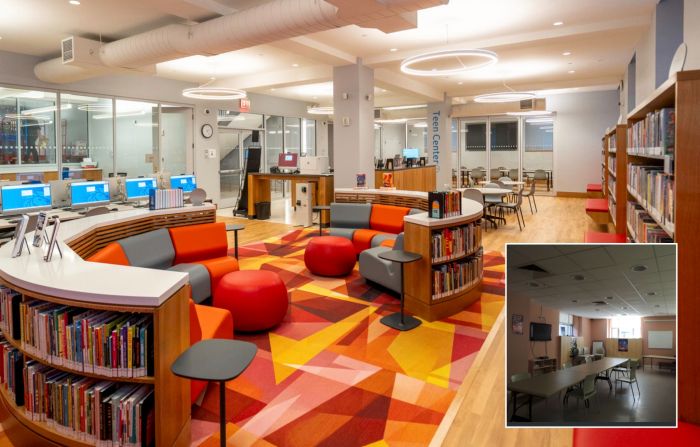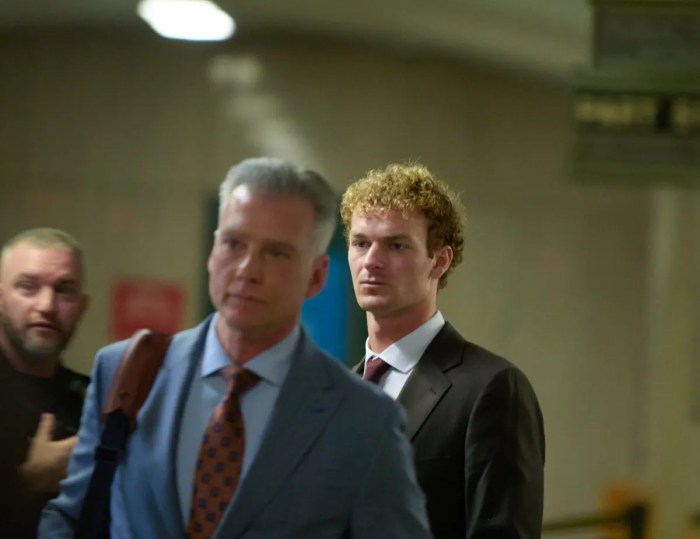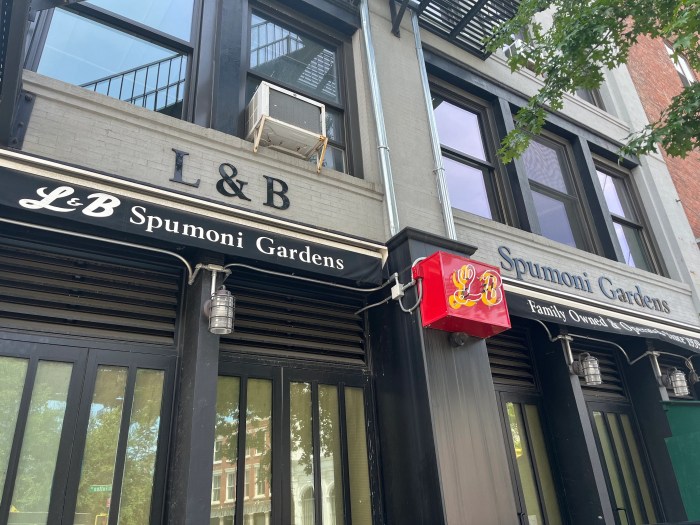By Patricia Fieldsteel
NYONS, France — On March 14, I went to Auschwitz-Birkenau. For the day. I left home at 3 a.m. and drove to Marseilles, where I joined a small group of Jews from the Avignon and Carpentras synagogues, as well as a large group from Marseilles, which included some non-Jewish teenagers and their teachers. Our low-flying chartered plane landed at John Paul II Airport in Cracow at 9 a.m., after a two-hour flight over Italy, Austria, Czechoslovakia and the breathtakingly beautiful snow-covered Alps. We waited at the airport — really little more than a snack bar, a souvenir stand selling vodka and Pope tschotchkes, and a restroom —for our passports to be checked. The border police in their beige Communist-era uniforms with padded shoulders and epaulets looked like extras in a low-budget Cold War movie from the early 1950s. They scrutinized each person’s passport, separately; there was a group discussion and finally a committee decision was made to allow the passport holder to enter Poland. As soon as they saw my American passport, they quickly waved me through with big smiles. I was oddly unsettled. Since the advent of the Bush regime, I’ve become accustomed to apologizing.
Three coach buses were waiting to take us to Birkenau, an hour away. The Polish landscape was stark, impoverished, bleak. Snow everywhere. Hovels of houses, Coca-Cola signs, enormous crucifixes and shrines to the Holy Virgin. Forests of tall, spindly birch trees and gaunt scraggly pines. Great mounds of earth ravished by strip mining lay bare like open graves. The sun was bright. Too bright for such a place
A middle-aged Polish woman with platinum blond hair cheerfully filled us in on the official history of Jews in Poland. Poland has always been a haven for Jews; except for a few difficult periods, Poland has always loved Jews and has welcomed them to settle there. Especially today. Poland welcomes Jews to come back. Poland is rebuilding Jewish neighborhoods; there are Jewish restaurants, shops selling Judaica and Jewish food. Synagogues are being restored. The only hitch, which she neglected to mention, is there are almost no Jews left in Poland. Just suddenly Jewish-kitsch for Poles with spare zlotys to spend.
Next, a member of our group, an older woman who limped badly and wore many ornate rings on her stubby fingers, began to speak. Many of the people in our group already knew her (I knew no one) and were instantly silent the moment she was introduced. She was a French Jew from Marseilles; as a teenager she had been rounded up with her entire family by the French police and shipped to Auschwitz-Birkenau. Father, mother, brothers, sisters, aunts, uncles, cousins and grandparents, all were murdered in the place we were just approaching. She alone survived. Her 11-week-old brother was yanked from her mother’s arms and shot as the family debarked from the cattle cars on The Ramp at Birkenau. She had been holding the hand of her 4-year-old brother; he ran to their mother moments before they went before Dr. Mengele, the infamous doctor of death. Anyone holding a child was automatically ordered to the left and immediate execution. Being young, pretty, alone, she was sent to the right. She was assigned to work in Kanada, the storehouse where confiscated belongings from prisoners arriving at Auschwitz-Birkenau were kept and meticulously catalogued — clothing, toys, shoes, eyeglasses, prosthetic devices, gold teeth, wristwatches, jewelry, pots and pans, books, shorn hair — anything that might allow a dehumanized slave to feel human, anything that could be used by the German people, craving both luxuries and essentials. Prisoners working in Kanada were lucky; they could sell confiscated items to the S.S. for special favors or food. She kept a piece of red beet with her throughout her internment; when there was a selection, she’d rub her cheeks with the beet to look healthy. She survived and was sent back to France. It was at this point in her story, which by now she must have told thousands of times, that her voice broke. “And what did France do for us when we came back?!” she said angrily. “NOTHING! They were sorry to see us!”
As the bus drove farther out from Cracow, we passed enormous forests of birch trees. I have always loved birches, admired and felt soothed by their gentleness and grace. Brought up on the poetry of Robert Frost, that gentle swinger of birches, my childhood was rich in birch bark toys and souvenirs — miniature canoes, teepees, deer and moose, coin purses and photo albums — brought back by my grandparents from holidays in New England. Now as I looked at these forests, all I could think was how the slenderness of the trees, the lack of brush and lower branches, left no room to hide, no way to escape; my beautiful white birches here in Poland had become betrayers, prison bars, a death sentence.
We passed our first road sign pointing to the renamed town of Oswiecim (Auschwitz). A frisson of tension and excitement rippled through the bus. Some in the group had been several times before, as tourists. A few had been as brutalized and degraded slaves, sent there to die 60-odd years ago. They were returning, though not for the first time, with children and grandchildren, nephews and nieces. Mainly, they were returning as witnesses, to make sure future generations always remember. For most of us, this was a first trip. Many of the teenagers were laughing, giggling — they’d been up all night, this was a day off from school, an adventure. They’d been primed for months, some for all of their short lifetimes, for this trip. There was a sense, somewhat, of seen the movie, read the book, watched the TV miniseries, now we’re visiting The Place.
Everyone, I imagine, has a different picture in their mind’s eye of what visiting Auschwitz-Birkenau will be like. Over the years, whenever I have tried to picture going there, I’ve always seen myself unable to move, unable to walk across that hallowed and ashen ground without trembling, even falling to my knees, unable to go on. And though I’ve watched Claude Lanzmann’s masterful color documentary “Shoah” several times, as well as seen other films shot on location, I always pictured the camps as being gray, grainy black, terrifyingly noisy, small and isolated.
We entered a rond-point that led into Oswiecim, an unimpressive, rather ugly town. Immediately, I started viewing people in terms of were they old enough to have lived there then. Our Polish guide explained how hard it is for the residents of Oswiecim; they too are victims. After the war they were too poor to leave; the stigma of having the camp in the town does not attract business and redevelopment. The camps take up valuable space — more than 40 square kilometers (close to 10,000 acres), but, she emphasized, the Polish people are committed to preserving this memorial to the victims of Nazi brutality.
The bus crossed some railroad tracks and pulled into a large parking lot opposite a street of old houses and small shops. At first, I thought we’d pulled into a large factory, but most of the factory, which stretched as far as the eye could see, appeared to be in ruins with little more than hundreds of freestanding brick chimneys and a few wooden buildings that looked like horse stables. The ground was blanketed in layers of snow; young children shrieking happily raced their bicycles where paths had been cleared. An elderly woman hung out her wash at an old house across the street. Teenaged boys were drag racing their cars in the parking lot and road that ran along an endless barbed wire fence. And then I saw it, the infamous tower at the edge of the parking lot, benignly sitting there in the brilliant sun, the railroad tracks converging and passing underneath. Several dozen Israeli teenagers were looking out the watchtower’s windows, a few waving at friends down below. Three boys unfurled an Israeli flag and left it hanging from an open window. With a shock, I realized we’d arrived at Auschwitz 1, also known as Birkenau. The sun was obscenely bright, the sky an unbearable clear blue. It was a beautiful day; the incongruity made me angry.
The guide for our group arrived and introduced himself. He was tall, thin, blond, Polish, about 25, and spoke exquisitely fluent French. He had a serious, thoughtful face tinged with sadness; his eyes were old, wise but also passionate. As soon as he began to speak, it was clear we were not going to be subjected to any “official” versions of anything. He explained Birkenau was the first stop — and for many the last — in the Auschwitz complex of 40 different sub-camps for slave labor, starvation, medical experiments, torture and extermination. We were standing on the infamous Ramp, where the cattle cars unloaded the unsuspecting victims to this human abattoir. This was where the first selections were made; who would live, who would die. We were standing where Dr. Mengele stood. “You cannot believe, you cannot imagine, what took place here,” our guide began in a refrain he would repeat as an almost anguished plea for the next several hours. He tried to explain. This is where, this is where, the litany was daunting, unbearable. Twenty thousand children, women and men were murdered and burned every single day at Birkenau. Nothing was wasted — bones, hair, skin, gold teeth; fat was made into REEF soap sold to the German population throughout the war. Before being gassed in the “showers,” victims were instructed to neatly fold and stack their clothes, eyeglasses, shoes. These were sent to Kanada and catalogued, of course, for eventual reuse by German citizens.
We trudged through the snow, leaving The Ramp to walk a muddy path leading to the former wooden stables that had been barracks and a communal latrine for male prisoners. In the hundreds of accounts I’ve read about Auschwitz, the survivors have all mentioned the ever-present mud. It was still there, even in winter, and I was glad I’d worn heavy hiking boots. We entered the barracks, which were partially roped off. These few buildings had been reconstructed from the ruins after the war. Our guide began, “You cannot believe, you cannot imagine.…” We listened in silence. No one said a word; no one asked a question. We returned to The Ramp and began to walk its length. “Here is where.…” As we trudged along — even in hiking boots the footing was very difficult — we passed other groups, their guides speaking Japanese, Hebrew, English, Dutch. The thought of starved and beaten human beings trudging this path in wooden shoes and bare feet was almost unbearable. It took nearly a half hour to walk the full length of The Ramp. At certain points, people had left flowers in the snow. “Here is where the twins were selected, here is where the families were separated, here is where….”
Our guide directed us to turn to the left — another muddied path. There were groupings of colored glass yahrtzeit (Jewish memorial) candles burning haphazardly in the snow, many of their flames extinguished by the wind. Occasionally one would see a conical candle holder emblazoned with a cross. We arrived at a series of ruins in blackened stone, cement, brick, twisted pieces of metal sticking out at odd angles. They were covered with tiny red, blue, green and pink glass yahrtzeit candles, most of them flickering and quickly dying out. People were kneeling, praying, davening, weeping. These were the gas chambers the Nazis had naïvely tried to destroy as the Allies advanced, thinking they could hide what they’d wrought. A sign in Polish and English said: “PLEASE KEEP OFF THE RUINS.” There were large diagrams and models showing what the gas chambers had looked like and how they had operated. “You cannot believe, you cannot imagine.…” Our guide filled in more details than anyone could ever have wanted. I was becoming aware that more and more I was fading in and out, his words often flying up and away from my consciousness. I kept staring at the trees, those exquisite haunting birches, the only living witnesses to remain in Birkenau, which means “birch tree meadow” in German. They looked like skeletons, like so many charred and burned bones. I knew already, I never wanted to see another birch tree. At a certain point I lost the group. Some of them had walked farther into the woods, to the ponds and river where the ashes were dumped, leaving the water and earth around it still 60 years later a thick, dark, brackish oddly colored silt. “You cannot imagine.…”
We regrouped at a large memorial built after the war with bronze tablets, set like graves, in every language of every country that had lost citizens in this haunted place with its deafening silence and eerie calm. We cannot ever know, we cannot imagine…. Our group gathered around the tablet written in French and we were each given yahrtzeit candles to light. We chanted the “El Molay Rachamin” and “Mourner’s Kaddish” in Hebrew. Then someone said some prayers in French. It was time to return down the long Ramp to the bus. It wasn’t even noon yet, but it felt as if it should be night. Suddenly, as we walked along The Ramp, a man from our group who’d been laughing and joking on the plane, stopped and started to scream. His daughter grabbed him and his wife looked on stricken. “This is where they killed him!” he cried. “This is the spot! They killed my father here!” He was hysterical, screaming, pointing accusingly at a muddy puddle. A few people who seemed to know him stayed. He continued to cry and scream; it was difficult to understand his words; he was paralyzed, riveted to that spot and another time that for him was and would always be the present. The rest of us returned silently to the bus. We were told this was the time to eat the lunches we had brought, in between Birkenau and Auschwitz, which was a 5-minute drive away. Silently, we unpacked our bags and ate. In the face of mass starvation, eating was suddenly crucial, vital, a link to life. The man and his family returned to the bus. He apologized for his outburst. A few people patted him on the back or grabbed his hands. The bus drove to Auschwitz and we finished our lunches in the parking lot. There was a souvenir stand selling camera film, books, posters, postcards. I did not see any key rings. A few people went to change euros into zlotys.
We passed under the infamous gate: “ARBEIT MACHT FREI.” “Work makes you free.” Auschwitz had the air of a country club compared to Birkenau. The brick buildings were in pristine condition. Again, birch trees everywhere. The place reminded me of Governors Island in New York Harbor — except for the double barbed-wire electric fences and ubiquitous watchtowers. But still, it wasn’t all that bad…. The buildings had been converted into museums, by country. We went straight to the one for France. No separate exhibits were made for Gypsies, homosexuals, resistance fighters, Jews, anti-Nazis, Catholics, criminals, Freemasons, Jehovah’s Witnesses, Communists, African blacks living in Germany, the handicapped, the mentally ill, the different.
From this point on I am not the most reliable reporter. I kept telling myself I wasn’t FEELING anything, but when I think back I realize there were stretches of time unaccounted for. At some point I lost the group and simply wandered. There was the antiseptic room made to look like a doctor’s office. The white coats were still hanging on the freestanding wooden coat rack. The examination table was laid with white sheets. In the beginning, sick people were brought here to be given a lethal injection, ultimately a slow and inefficient way of killing. There was a room across the hall with a solitary window. When the bodies were piled so high, they obscured the light, the room was emptied, only to be quickly filled again. Next was the room of French children — actually several rooms papered floor to ceiling with photos of French children, all brought here to die, unless they were twins. The twins were needed for medical experimentation; often afterwards they were killed so they could be autopsied. Upstairs was the floor that held nothing but shoes; another with shorn human hair that over the decades had turned gray and snow white on its own. Then there were the seized pots and pans, the suitcases carefully labeled with names and return addresses, the prosthetic devices — braces, false limbs, canes and crutches. Another floor, another room, held eyeglasses, infant clothes, books, photos, empty cans of Zyclon B, the gas pellets used in the ovens. I wandered from room to room. Then there was the courtyard where people were shot, the building where women were submitted to medical experiments searching for quick and economical means of mass sterilization. Another building for medical experiments on men, another for twins. It never stopped. I wandered on my own outside and into an unmarked but open building. It was dark and cavernous inside. There were burning white candles everywhere. I heard distant murmuring that sounded like prayer, Hebrew prayer. I followed the sound to a womblike chamber where dozens of Jews, the men wrapped in tallisim (prayer shawls), were praying by candlelight. The scene was eerie, haunting. I stayed awhile, then left. Outside, I found my group again and joined them on the way to the gas chamber.
The gas chamber at Auschwitz was built first, before the larger more efficient ones were constructed at Birkenau. It is built into a small hill; no windows, a flat roof, a smokestack. The door was open, its lock, which had sealed so many fates hanging innocently on a peg. There were two large rooms inside, the walls charred black. The first was where human beings were gassed; one could still see marks where people had clawed at the walls. It was empty now, save for the ever-present yahrtzeit candles and some flowers. Our guide described the process in minute detail. “You cannot believe, you cannot imagine.…” There was a small trolley track that led from this room to the room where the bodies were burned. The redbrick ovens resembled large pizza ovens. The little trolley track neatly swiveled before the oven doors, so the bodies could be easily loaded inside. Someone had hung a large strand of paper origami cranes from one of the doors. The Auschwitz crematorium was not used for very long; it quickly proved too small and inefficient for this highly organized killing frenzy.
It was time to leave. We had a plane to catch, a plane no one wanted to miss. There was a long delay at the airport; by the time we left Poland it was night. A 19-year-old Sephardic girl from the Haute Savoie region sat next to me on the plane. She was a student at an Orthodox seminary in Marseilles; she was also fashion-model gorgeous, a dead-ringer for Brooke Shields. We talked a little, then she took out a Hebrew prayer book. A kosher dinner was served. The flight attendants apologized; the plane’s oven had broken down, some of the dinners were still frozen. Since I’m not into chicken-and-spaghetti popsicles, I ate a dry roll and some leftover Swiss chocolate from lunch. For most of the flight I slept. It was midnight when I arrived home in Nyons. I couldn’t stop thinking about the 28 Jews from Nyons who were deported to Auschwitz and never returned. There was something almost obscene, certainly surreal, about visiting Auschwitz as a tourist on a day trip.
A few days later I met a friend, a retired Dutch leftwing journalist, for lunch at one of the outdoor cafes on the Place de la Liberation. We talked briefly about my trip. Did I think people have learned anything from the Shoah (as it’s called in France), she wanted to know. Not really, I answered, then paused. Well, maybe, what they’ve learned, at most, is it’s probably not a good idea to exterminate Jews in concentration camps again. Sadly, she had to agree. The evidence is everywhere. Rwanda, East Timor, Bosnia, Darfur, Chechnya, Kosovo….
Now, more than two months later, have I changed? I don’t know. Did I ever feel close to the camp’s yielding up its essence, revealing its terrible secrets? No. What I did realize is I can never know, cannot begin to imagine and for that I am blessed. Am I thankful I went? Yes. What I’m more thankful for is that I came back.
Fieldsteel is a former resident of Jane St. in Greenwich Village. She moved to France three years ago.












